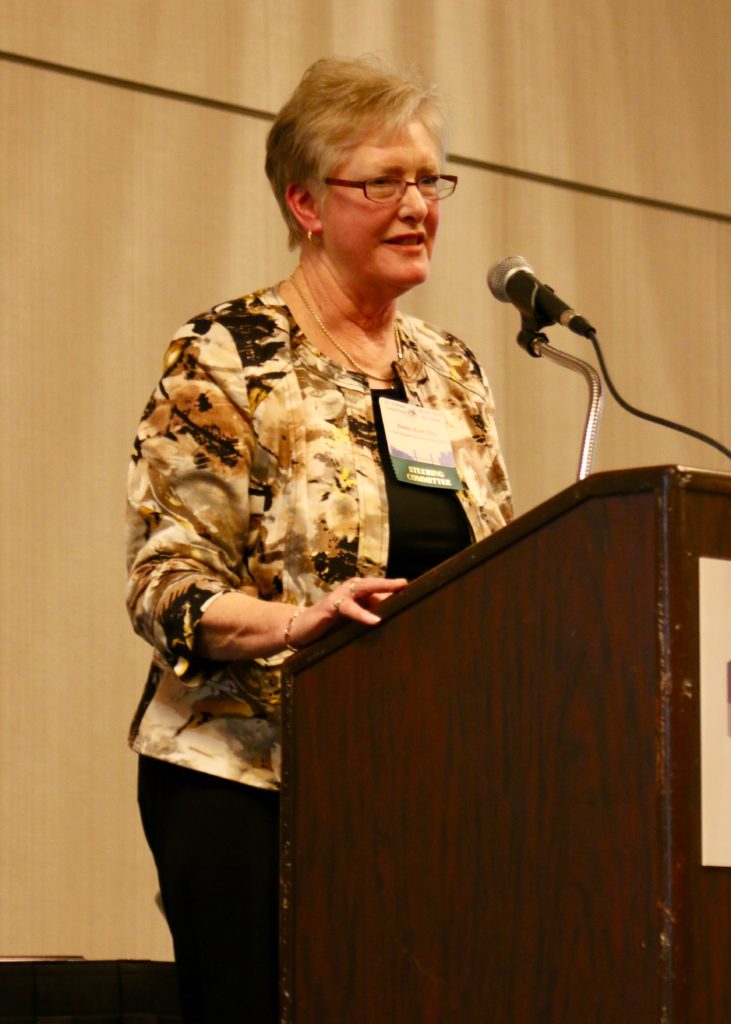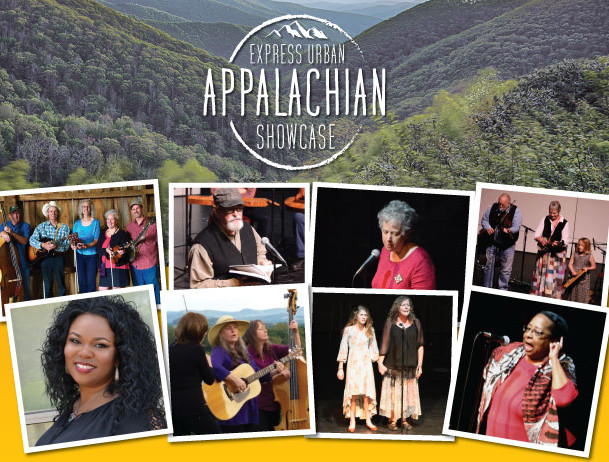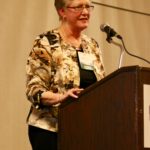The Urban Appalachian Community Coalition is driven by its members, volunteers, and others who get directly involved in community engagement, activism, and research. UACC is not an abstract entity with a far-off board of directors who oversee activities removed from the people who perform them. UACC is its people. This is why we have been taking time to talk to some of the Core Members and others who have helped shape UACC in its first six years. Core Member Debbie Zorn is one of these people. Active in the Urban Appalachian Council and then in the transition to UACC, Debbie has served UACC in numerous capacities.
I had the opportunity to talk with Debbie Zorn about some of her work with UAC and UACC. Debbie told me she likes to stay largely behind the scenes these days: “I work primarily on maintaining and fostering our partnerships with other organizations like The Foundation for Appalachian Ohio and the Appalachian Festival, among other things,” she explained. Working with Core Member Maureen Sullivan, Debbie is also busy with the Sustainability Committee and developing by-laws for UACC’s application for federal tax-exempt status.
A major achievement for Debbie Zorn was bringing the Appalachian Studies Conference to Cincinnati in 2018. This massive undertaking required far more than Debbie could have anticipated. Debbie told me that Mike Maloney called her and asked her to take on the project, and, and she explained, “I had to learn quickly. I had to become the Appalachian Studies Association President and help shape by-laws for the organization. It was a tremendous challenge.” But Debbie pulled it off. Hosting the Appalachian Studies Conference in association with UACC was a singular accomplishment.

The Appalachian Studies Conference achieved many things, but in the immediate sense, the presence of the conference proved that UACC was a powerful voice within the world of Appalachian studies and Appalachian activism. Still more, Debbie told me that “the conference proved to organizations like the Greater Cincinnati Foundation and United Way that UACC was viable and powerful.” These were no small considerations as UACC was emerging as the voice of the urban Appalachian communities in greater Cincinnati.
It took three years of planning and organization to make the conference finally happen. Debbie explained that one of her priorities was to “involve as many people as possible from within UACC and the volunteers from around Cincinnati.” She told me that “it was clearly important to bring recognition to UACC, and involve every individual expertise we could tap, but it was just as important to involve as much of the community as possible.” Engaging and involving the community became a priority of the Appalachian Studies Conference in Cincinnati. It also became part of its legacy.
In describing some standout features of the Appalachian Studies Conference, Debbie was quick to point out that it was “community-based in Cincinnati, rather than based at a university or other major institution. We insisted that the community be involved.” Community involvement meant that one day of the conference was completely open to public attendance. People had to register, but admission was free. This feature did “open another area of complexity,” Debbie added, but the open involvement allowed local people to mix with scholars from the world of Appalachian studies. This kind of involvement brought people together in ways that distinguished Cincinnati’s Appalachian Studies Conference from previous conferences. That the conference allowed and even encouraged members of the community to interact with participants was not the only unique feature of the way UACC planned and brought about the conference.
Debbie explained that that year’s Appalachian Studies Conference also featured the first Express Appalachian Showcase at the Aronoff Theater, featuring urban Appalachian musicians, writers and other perfomers. This, of course, led to another Showcase just last year. There were numerous smaller performances and events around the city that were coordinated with the conference. These things led to relationships that continue to this day. UACC’s relationship with the Aronoff continues as a result of the conference, for example. The “School-Time” productions for children are an important outgrowth of these efforts.

Debbie Zorn’s work and the involvement of UACC and other volunteers has had lasting impact on the Appalachian Studies Association. Debbie told that me “there is a continued effort to involve local communities in conferences and other major events and that impetus is part of the legacy of what we accomplished in Cincinnati.” She continued, “our influence on the ASA has led to more attention to interactions with the area communities.”
The 2018 Appalachian Studies Conference was a major achievement for UACC, and the influence of UACC and greater Cincinnati remains a force within the Appalachian Studies Association. Its legacy is one that stands as a milestone for UACC and for the work of Debbie Zorn. Core members have numerous roles within the Urban Appalachian Community Coalition. Each brings their unique expertise to the work of UACC, and they are occasionally called on to take on projects that are larger than anyone can fully imagine. Debbie Zorn rose to the tasks necessary to bring the Appalachian Studies Conference to Cincinnati and continues to serve UACC. Though her work may appear largely to be behind the scenes these days, Debbie Zorn is still shaping the dynamic presence or UACC.
Mike Templeton is a writer, independent scholar, barista, cook, guitar player, and accidental jack-of-all-trades. He lives in downtown Cincinnati with his wife who is a talented photographer. They spend their free time walking around the city snapping photos. She looks up at that the grandeur of the city, while Mike always seems to be staring at the ground.

